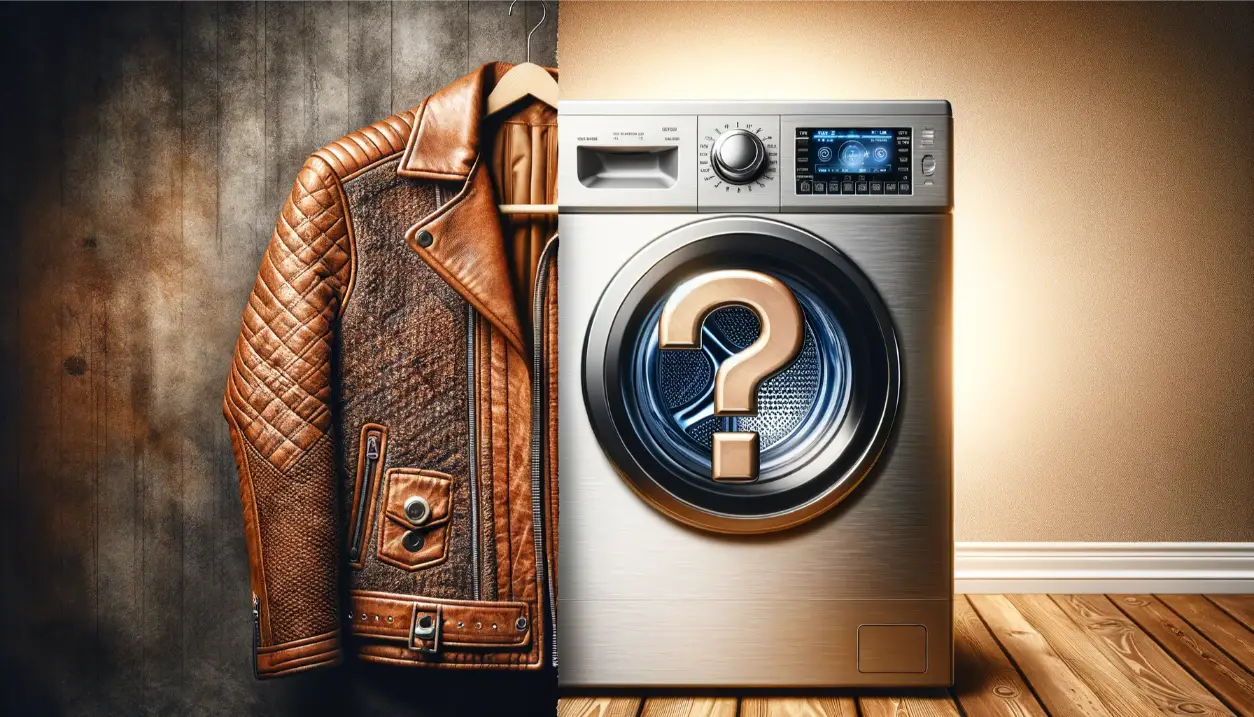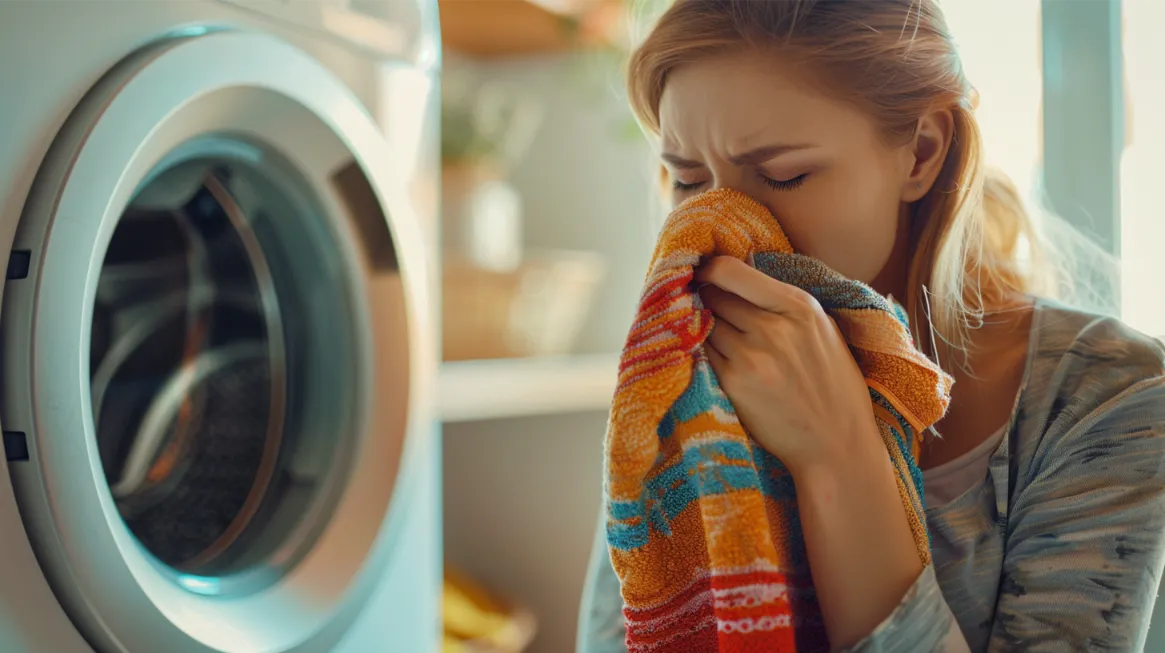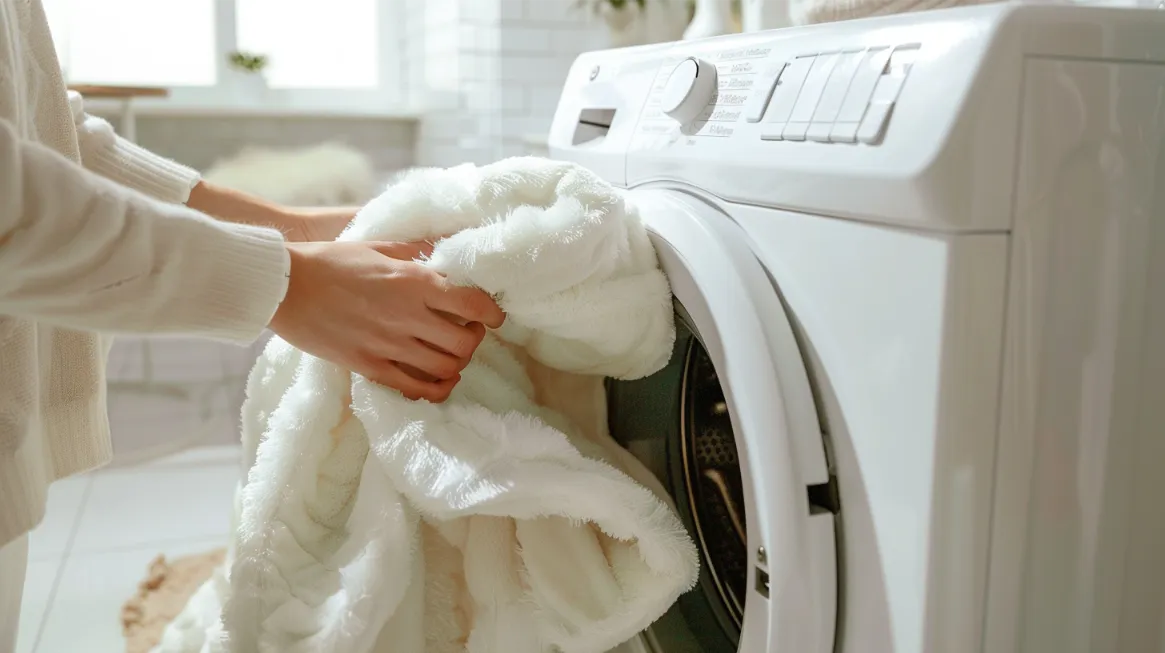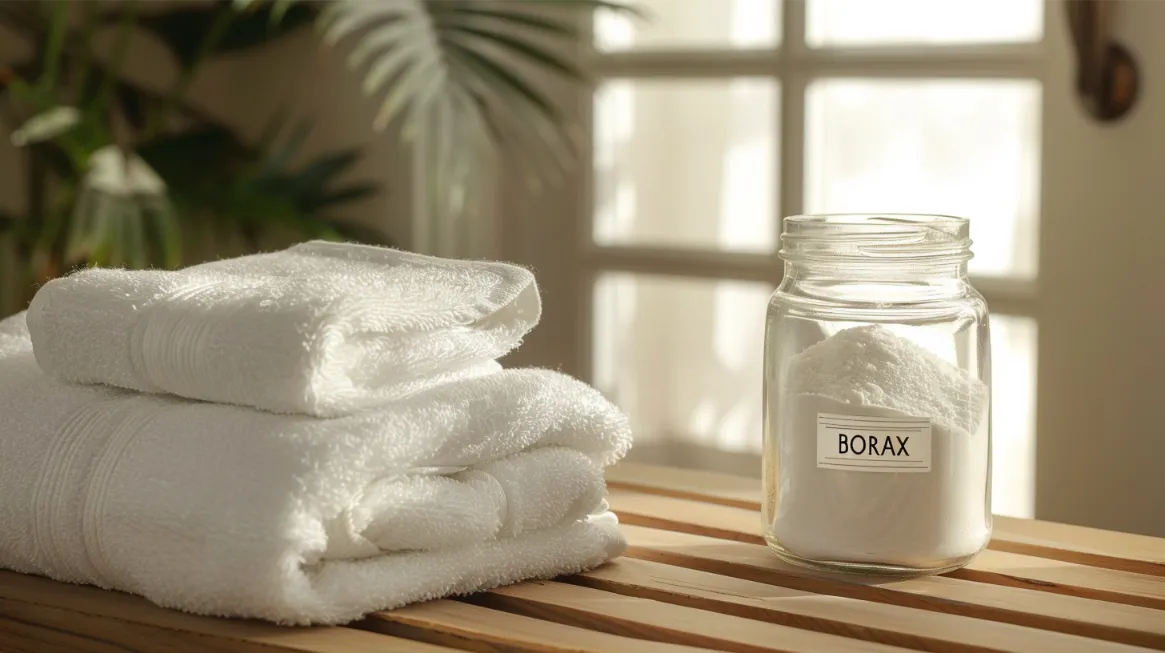Removing blood stains presents unique challenges due to the complex nature of the stain itself. Blood comprises plasma, red blood cells, white blood cells, and platelets, each with proteins and compounds that can bind to fibers and surfaces. Additionally, as blood dries, it undergoes coagulation, which causes the proteins to denature and become more difficult to remove.
Fortunately, various methods and techniques can effectively remove blood stains, depending on the type of fabric or surface, the stain’s age, and the staining’s severity. From cold water rinsing and salt pastes for fresh stains to enzyme-based cleaners and ammonia solutions for set-in stains, this comprehensive guide will cover a wide range of strategies to tackle even the most stubborn blood stains.
By understanding the science behind blood stains and the appropriate techniques for different scenarios, you can increase your chances of successfully removing these unsightly and potentially hazardous stains and restoring your fabrics and surfaces to their pristine condition.
Key Takeaways
- Rinse fresh blood stains with cold water, and apply liquid detergent or enzyme-based cleaner.
- Handle dried blood stains using vinegar soaking, baking soda paste abrasion, or enzyme-based cleaners.
- For blood stains on upholstery, absorb as much blood as possible, then clean with cold water and a detergent solution.
- Blot with cold water and mild detergent when removing blood from shoes, use a soft brush, and avoid hot water.
- Act swiftly, use enzyme-based cleaners, and follow care labels for effective stain prevention.
Removing Fresh Blood Stains
Acting swiftly is crucial when dealing with fresh blood stains, as the longer the stain sets, the more challenging it becomes to remove. The key to successful stain removal is preventing blood clotting and binding to the fabric fibers. By following these proven techniques, you can effectively tackle fresh blood stains and restore your garments to their pristine condition.
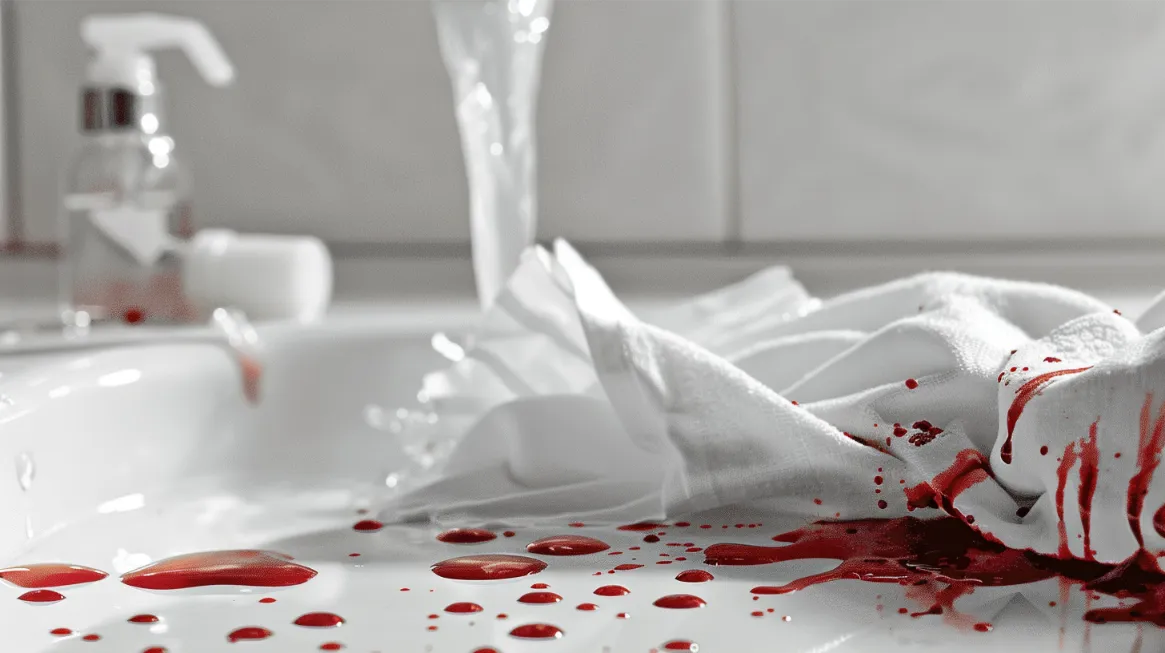
Cold Water Rinsing Technique
The first line of defense against fresh blood stains is cold water rinsing. When the stain occurs, run the affected area under cold running water, allowing the water to flush through the back of the fabric. This simple step can help dislodge and dilute a significant portion of the blood before it can set. Avoid using hot water, as it will cause the proteins in the blood to thicken and adhere more firmly to the fibers, making the stain more difficult to remove.
Using Salt Paste
Salt is a powerful dehydrating agent that can effectively lift blood stains from fabrics. Create a thick paste by mixing salt with cold water and applying it directly to the stained area. Let the paste sit for 10-20 minutes, allowing the salt to absorb moisture and blood from the fibers. Rinse the area thoroughly with cold water, and you’ll be amazed at how much of the stain has been lifted.
Dish Soap Application
Dish soap is a versatile and effective stain remover, particularly for fresh blood stains. Its surfactant properties help break down the proteins in the blood, making it easier to flush them out of the fabric. Apply a small amount of dish soap to the stain and gently rub it into the fibers using your fingers or a soft-bristled brush. Allow the soap to work magic for a few minutes before rinsing with cold water.
Hydrogen Peroxide for Light Fabrics
Hydrogen peroxide is a powerful oxidizing agent that removes fresh blood stains from light-colored fabrics. However, it should be used cautiously on darker fabrics, as it may cause discoloration or bleaching. Dilute the hydrogen peroxide with water and apply it to the stain using a clean cloth or spray bottle. Allow it to sit for a few minutes, then rinse thoroughly with cold water.
Tips for Different Fabric Types
While the above methods are generally adequate for most fabrics, it’s essential to consider the specific fabric type when dealing with fresh blood stains. Opt for a gentler approach, such as cold salt water or a mild detergent solution for delicate fabrics like silk or lace. You can be more aggressive with scrubbing and applying stain removers for sturdy fabrics like denim or canvas.
Removing Dried or Set-in Blood Stains
Dealing with dried or set-in blood stains can be daunting, as the blood proteins have had time to solidify and bind tightly to the fabric fibers. However, even the most stubborn blood stains can be conquered with the proper techniques and patience.
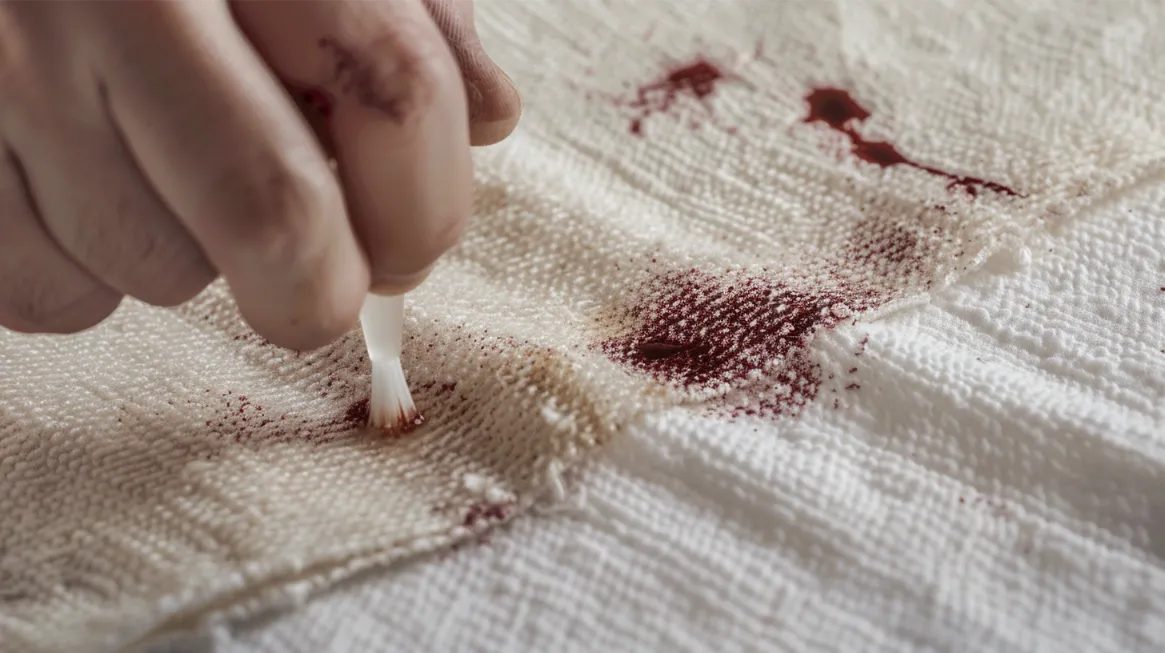
Meat Tenderizer Paste Method
The meat tenderizer paste is one of the most effective methods for tackling dried blood stains. Meat tenderizers contain enzymes that break down the proteins in the blood, making it easier to lift the stain from the fabric. Here’s how to use this method:
- Mix a small amount of cold water with meat tenderizer powder or crushed tablets to form a thick paste.
- Apply the paste directly to the dried blood stain and let it sit for at least 30 minutes or up to an hour for older stains.
- Gently rub the paste into the stain using a soft-bristled brush or fingers.
- Rinse the area thoroughly with cold water, and launder the item as usual.
The enzymes in the meat tenderizer will work to dissolve the proteins in the blood, making it easier to remove the stain during the washing process.
Vinegar Soaking Technique
Vinegar is a versatile and effective stain remover, and it can be beneficial for tackling dried blood stains. The acetic acid in vinegar helps to break down the proteins and lift the stain from the fabric. Here’s how to use this method:
- Fill a basin or sink with cold water and add 1 cup of white vinegar.
- Submerge the stained item in the vinegar solution and let it soak for at least 25 minutes or up to several hours for older stains.
- Gently agitate the item in the solution, using your hands or a soft-bristled brush to help loosen the stain.
- Rinse the item thoroughly and launder as usual.
Baking Soda Paste Abrasion
Baking soda is a gentle abrasive that can be effective for lifting dried blood stains from fabrics. When combined with water to form a paste, it can help to gently scrub away the stain without damaging the fabric fibers. Here’s how to use this method:
- Mix baking soda and cold water to form a thick paste.
- Apply the paste directly to the dried blood stain and let it sit for at least 20 minutes.
- Using a soft-bristled brush or your fingers, gently scrub the paste into the stain, working in circular motions.
- Rinse the area thoroughly with cold water.
Enzyme-based Cleaners
Enzyme-based cleaners are specifically formulated to break down and remove protein-based stains like blood. These cleaners contain enzymes that target and dissolve the proteins, making removing the stain from the fabric easier. Look for cleaners that contain enzymes like protease or amylase, which are particularly effective at breaking down blood stains.
To use an enzyme-based cleaner, follow the instructions on the product label. In most cases, you’ll need to apply the cleaner directly to the stain, let it sit for a specified time, and then launder the item as usual.
Ammonia Solution for Tough Stains
An ammonia solution can be effective for particularly stubborn or set-in blood stains. Ammonia is a powerful cleaning agent that can help to break down and lift dried blood from fabric fibers. However, it should be used cautiously, as it can be harsh on some fabrics and produce strong fumes.
Here’s how to use an ammonia solution for dried blood stains:
- Dilute a small amount of ammonia with cold water, using a ratio of 1 part ammonia to 4 parts water.
- Apply the solution to the dried blood stain and let it sit for at least 30 minutes.
- Gently scrub the area with a soft-bristled brush or your fingers.
- Rinse the area thoroughly with cold water, and launder the item as usual.
It’s important to note that ammonia should never be mixed with bleach or other cleaning products, as it can produce toxic fumes. Additionally, ammonia should be used in a well-ventilated area, and you should avoid inhaling the fumes directly.
Commercial Stain Removers
If you prefer a commercial stain remover, look for products specifically formulated for removing blood stains. These products often contain a combination of enzymes, surfactants, and other ingredients designed to break down and lift dried blood from fabrics.
Always follow the instructions on the product label. Be sure to test the product on an inconspicuous area of the fabric first to ensure it won’t cause discoloration or damage.
Removing Blood from Clothes
Clothing items can be particularly challenging when removing blood stains, as different fabrics and garment types require specific approaches. Whether it’s a fresh or dried stain, it’s essential to act quickly and use the appropriate techniques to prevent the stain from setting and becoming more challenging to remove.
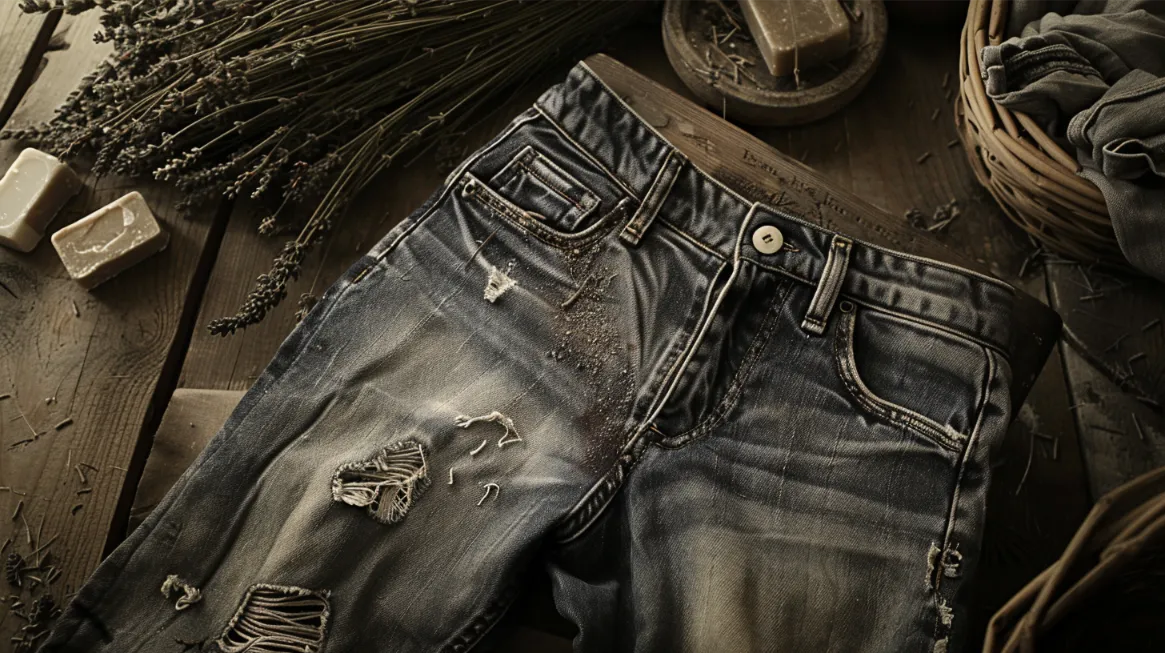
How to Get Blood Out of Jeans
Denim jeans are a common casualty regarding blood stains, and their sturdy fabric can make stain removal a bit trickier. For fresh blood stains on jeans, rinse the affected area with cold water to flush out as much of the stain as possible. Then, apply a small amount of dish soap or laundry detergent to the stain and gently rub it into the fibers using a soft-bristled brush or your fingers. Let the soap sit for a few minutes before rinsing thoroughly with cold water.
You may need a more aggressive approach for dried or set-in blood stains on jeans. Make a paste with meat tenderizer and cold water, and apply it directly to the stain. Let it sit for at least 30 minutes, then gently scrub the area with a soft-bristled brush before rinsing and laundering as usual.
How to Get Blood Out of Underwear
Removing blood stains from underwear can be a delicate task, as the fabric is often thin and fragile. For fresh stains, rinse the affected area with cold water as soon as possible, then apply a small amount of dish soap or laundry detergent and gently rub it into the fibers.
For dried or set-in stains, try soaking the underwear in cold water and white vinegar for at least 30 minutes before laundering. The vinegar can help break down the blood proteins and make removing the stain easier. Alternatively, following the product instructions carefully, you can use an enzyme-based stain remover formulated explicitly for blood stains.
How to Get Blood Out of Delicates
Delicate fabrics like silk, lace, or satin require a gentle touch when removing blood stains. For fresh stains, rinse the affected area with cold water and apply mild detergent or a delicate fabric cleaner. Gently rub the solution into the fibers using your fingers or a soft-bristled brush, being careful not to scrub or twist the fabric aggressively.
For dried or set-in stains on delicates, try making a paste with baking soda and cold water and gently rubbing it into the stain using your fingers or a soft-bristled brush. Let the paste sit for at least 30 minutes before rinsing thoroughly with cold water. You can also try using a specialized delicate fabric stain remover, following the product instructions carefully.
Removing Blood from Linens
Linens, such as sheets, mattress pads, and pillowcases, are particularly susceptible to blood stains due to their frequent use and close contact with the body. Whether it’s a nosebleed, menstrual accident, or injury, it’s essential to act quickly and use the appropriate techniques to prevent the stain from setting and becoming more challenging to remove.
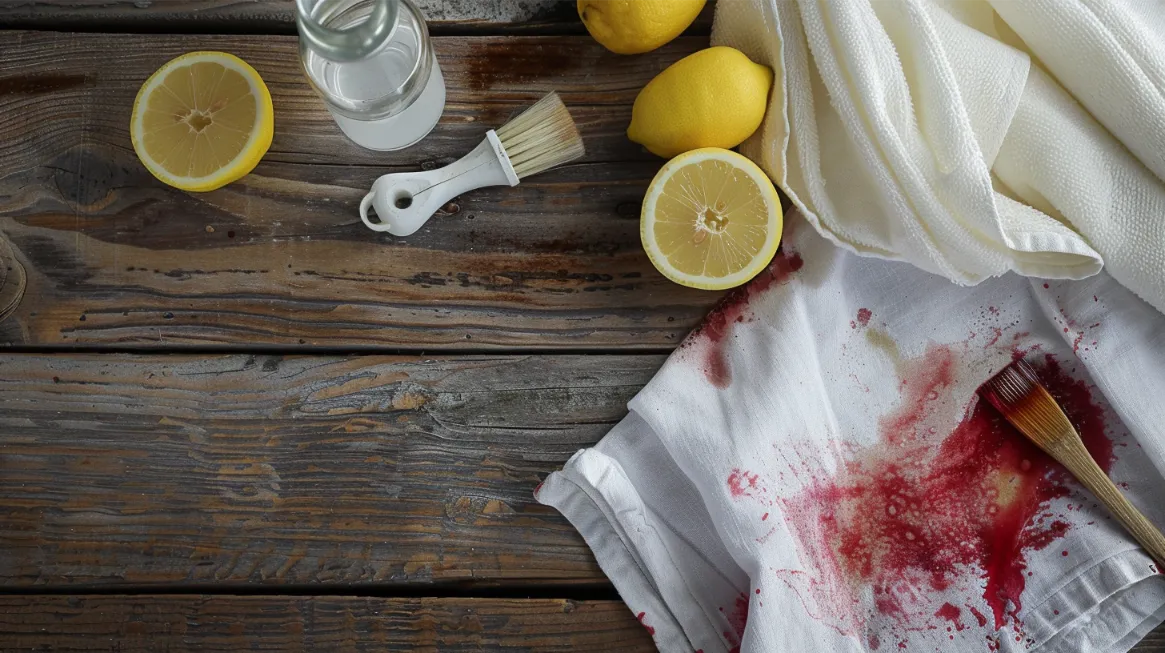
How to Get Blood Out of Sheets
For fresh blood stains on sheets, rinse the affected area with cold water to flush out as much of the stain as possible. Then, apply a small amount of dish soap or laundry detergent to the stain and gently rub it into the fibers using a soft-bristled brush or your fingers. Let the soap sit for a few minutes before rinsing thoroughly with cold water.
You may need a more aggressive approach for dried or set-in sheet blood stains. Make a paste with meat tenderizer and cold water, and apply it directly to the stain. Let it sit for at least 20 minutes, then gently scrub the area with a soft-bristled brush before rinsing and laundering as usual.
How to Get Blood Out of Mattress Pads
Mattress pads can be particularly challenging when removing blood stains, as the padding can absorb and hold onto the stain. For fresh stains, blot the area with a clean, white cloth or paper towel to absorb as much blood as possible. Then, apply a small amount of cold water and gently rub the area with a soft-bristled brush or your fingers.
For dried or set-in stains, try making a paste with baking soda and cold water and gently rubbing it into the stain using your fingers or a soft-bristled brush. Let the paste sit for at least 25 minutes before rinsing thoroughly with cold water. You can also use an enzyme-based stain remover formulated explicitly for blood stains, following the product instructions carefully.
How to Get Blood Out of Pillowcases
Pillowcases are often the first line of defense against blood stains on bedding, and it’s essential to act quickly to prevent the stain from setting. For fresh stains, rinse the affected area with cold water and apply a small amount of dish soap or laundry detergent. Gently rub the solution into the fibers using your fingers or a soft-bristled brush, being careful not to scrub or twist the fabric aggressively.
For dried or set-in stains on pillowcases, try soaking the item in cold water and white vinegar for at least 35 minutes before laundering. The vinegar can help break down the blood proteins and make removing the stain easier. Alternatively, you can use an enzyme-based stain remover formulated explicitly for blood stains, following the product instructions carefully.
Removing Blood from Upholstery
Blood stains on upholstery can be particularly challenging to remove, as the fibers and materials used in furniture can vary greatly. However, with the proper techniques and patience, even stubborn blood stains can be lifted from couches, carpets, and other upholstered surfaces.
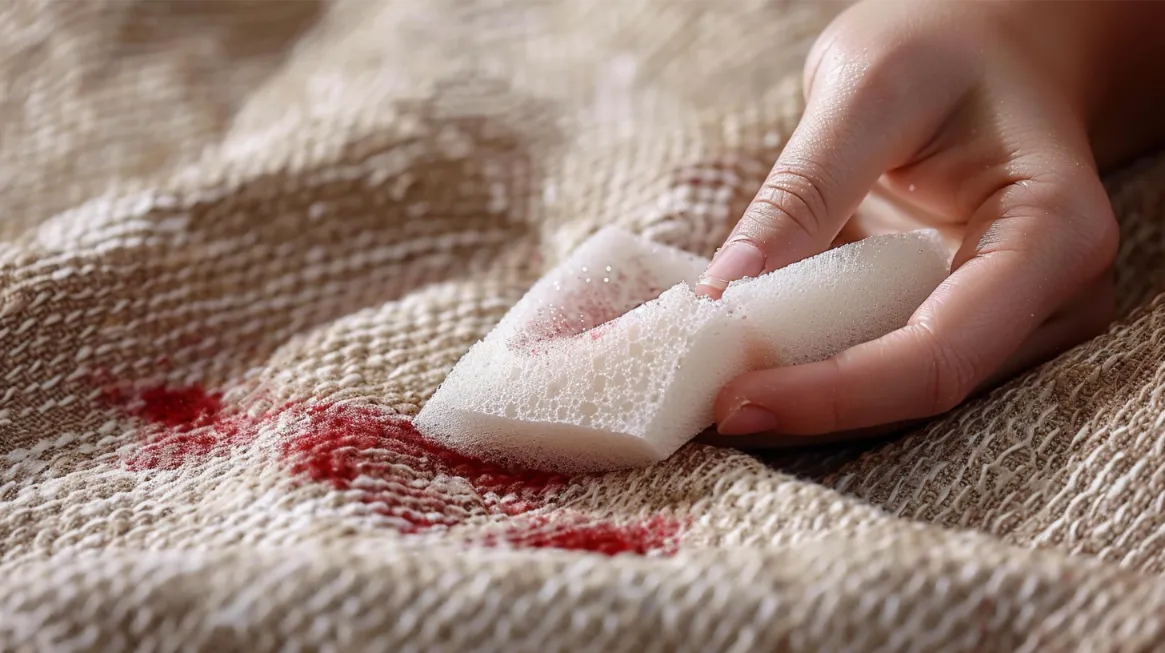
How to Get Blood Out of a Couch
When dealing with blood stains on a couch or other upholstered furniture, acting quickly and using the appropriate methods for the specific fabric type is essential. For fresh stains, blot the area with a clean, white cloth or paper towel to absorb as much blood as possible. Then, apply a small amount of cold water and gently rub the area with a soft-bristled brush or your fingers.
Make a paste with meat tenderizer and cold water for dried or set-in stains, and apply it directly to the stain. Let it sit for at least 30 minutes, then gently scrub the area with a soft-bristled brush before blotting with a clean cloth and rinsing with cold water.
If the stain persists, you may need to use a more aggressive approach, such as an enzyme-based upholstery cleaner or a specialized upholstery stain remover. Always test these products on an inconspicuous area first to ensure they won’t cause discoloration or damage to the fabric.
How to Get Blood Out of Carpet
Carpets can be particularly challenging when removing blood stains, as the fibers can absorb and hold onto the stain. For fresh stains, blot the area with a clean, white cloth or paper towel to absorb as much blood as possible. Then, apply a small amount of cold water and gently rub the area with a soft-bristled brush or your fingers.
For dried or set-in stains, try making a paste with baking soda and cold water and gently rubbing it into the stain using your fingers or a soft-bristled brush. Let the paste sit for at least 30 minutes before blotting with a clean cloth and rinsing with cold water.
If the stain persists, you may need a more aggressive approach, such as an enzyme-based carpet cleaner or a specialized carpet stain remover. Always test these products on an inconspicuous area first to ensure they won’t cause discoloration or damage to the carpet fibers.
Removing Blood from Shoes
Blood stains on shoes can be particularly challenging to remove, as the materials used in shoe construction can vary greatly. Each material requires a specific approach, from leather to canvas to suede, to lift the stain without causing damage.
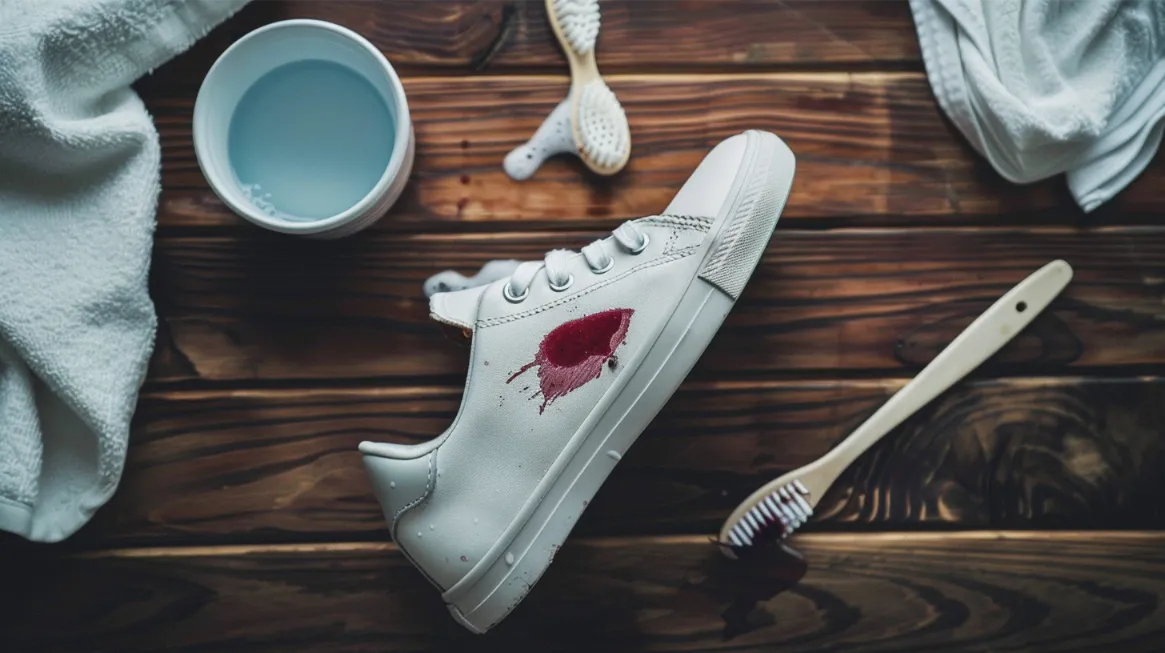
How to Get Blood Out of Shoes
When dealing with blood stains on shoes, acting quickly and using the appropriate methods for the specific material is essential. For fresh stains on leather or canvas shoes, blot the area with a clean, white cloth or paper towel to absorb as much blood as possible. Then, apply a small amount of cold water and gently rub the area with a soft-bristled brush or your fingers.
For dried or set-in stains on leather shoes, make a paste with baking soda and cold water and gently rub it with your fingers or a soft-bristled brush. Let the paste sit for at least 30 minutes before blotting with a clean cloth and rinsing with cold water.
You may need a more aggressive approach for canvas or fabric shoes, such as an enzyme-based or specialized shoe cleaner. Always test these products on an inconspicuous area first to ensure they won’t cause discoloration or damage to the material.
Leather vs. Fabric Shoes
When it comes to removing blood stains, the material of the shoe plays a crucial role in determining the appropriate cleaning method. Leather shoes require a gentler approach, as harsh chemicals or abrasives can damage the material. For leather shoes, stick to mild cleaners and avoid using hot water or excessive scrubbing.
Fabric or canvas shoes, on the other hand, can often withstand more aggressive cleaning methods. Enzyme-based cleaners, baking soda pastes, and specialized shoe cleaners can lift stubborn stains from these materials.


